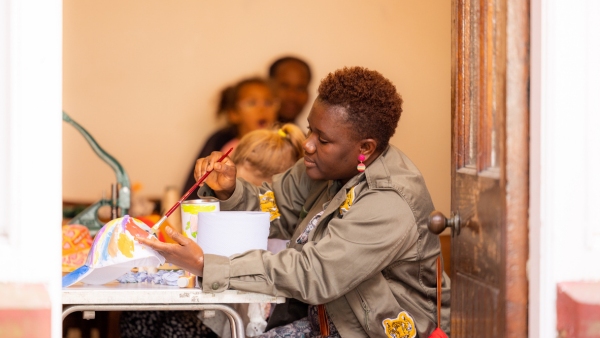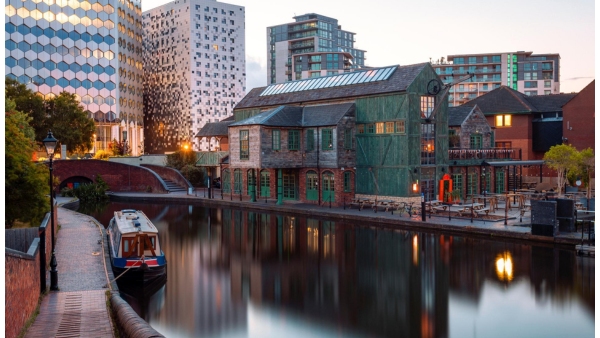A few days ago I wrote about big business and the Big Society. Businesses can lever their relationship with customers to encourage changes in behaviour which then loop round to support the company’s commercial strategy and so on. The example I gave was the support Nike gives to sporting participation. There is also Flora’s ‘how old is your heart’ site which encourages people to think about the health and reduce their cholesterol by measures including… buying Flora’s cholesterol-cutting spread.
A third example is provided by B and Q stores which provide DIY training courses for their customers (and very popular they are too, apparently). In my post I called the point where the brand supports socially-benign behaviour change which in turn supports the commercial strategy ‘the sweet spot’. It is hard to identify, hard to reach and hard to sustain but offers a major opportunity to channel private investment into social capacity and to strengthen brands.
This morning I heard a way of commercialising the Big Society from the bottom up. This is a Fellow who has started a company which provides neighbourhood safety services not through a narrow and reactive security model but through workers who seek to build the community’s own capacity and resilience .
As the company says on its web site: ‘we also ask customers to be part of the solution joining a neighbourhood watch, being a peer mentor, or taking forward volunteering opportunities in conjunction with our charitable partners’.
The company calls itself a social enterprise even though in governance terms it is a conventional small commercial business. This opens up the question of what counts a as a social enterprise and whether it is purpose, ethos, impact or governance that matters most.
Many social enterprises I come across are constituted in ways that lock in their social purposes, for example as Community Interest Companies. But many of these also have business model which rely on grant funding or some form of philanthropy. There are many great ideas for new social businesses, but there is a displacement issue; at some point new calls on government funds or public donations simply compete with existing demands.
In contrast, the community safety model takes something which would have been done commercially - but in a way that didn’t engage the community - and turns it into a model which has a positive multiplier; the better the company is at levering community capacity the more effectively they will do their job and the more contacts they will win.
Of course, in this model there are tensions. Most obviously will the community members be happy that their efforts are feeding into the bottom line of a commercial venture? Invovlecsp will have to show that it reinvests most of its profits in enhancing its social impact. And if it works it will have to look out for dodgy imitators. I remember my grandmother, who lived in Crosby on Merseyside, being persuaded on the doorstep to join the local ‘neighbourhood crime watch’ scheme, paying £25 for a information pack and a window sticker only to find out the whole thing was a scam!
Still, I am impressed by the idea that the sweet spot is something than can by hit from the bottom up through innovation as well as from the top down through corporate strategy.
Related articles
-
Open RSA knowledge standards
Alessandra Tombazzi Tom Kenyon
After investigating ‘knowledge commons’, we're introducing our open RSA standards and what they mean for our practice, products and processes.
-
RSA Catalyst Awards 2023: winners announced
Alexandra Brown
Learn about the 11 exciting innovation projects receiving RSA Catalyst funding in our 2023 awards.
-
Investment for inclusive and sustainable growth in cities
Anna Valero
Anna Valero highlights a decisive decade for addressing the UK’s longstanding productivity problems, large and persistent inequalities across and within regions, and delivering on net zero commitments.




Be the first to write a comment
Comments
Please login to post a comment or reply
Don't have an account? Click here to register.